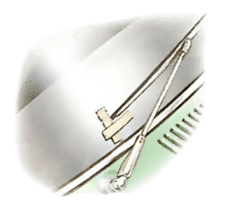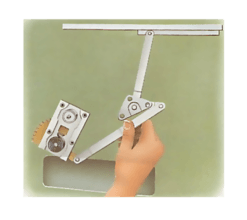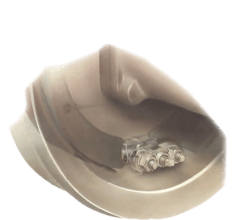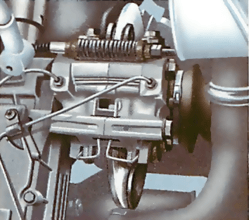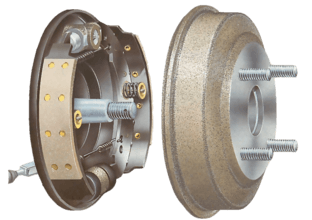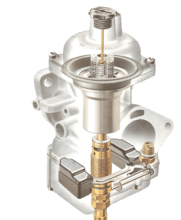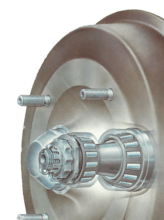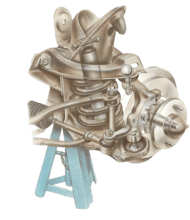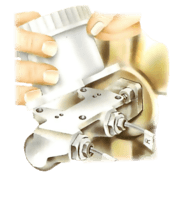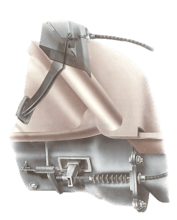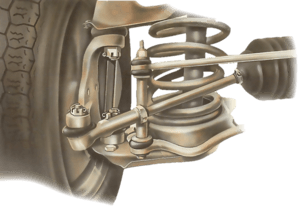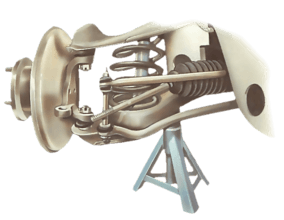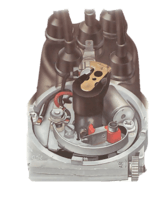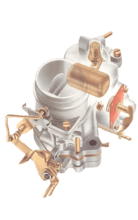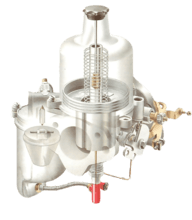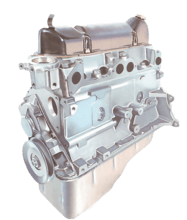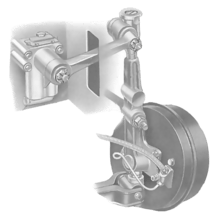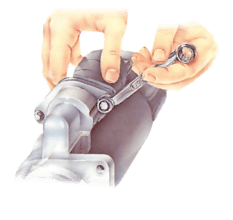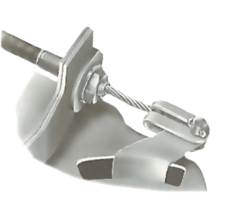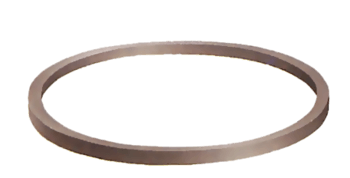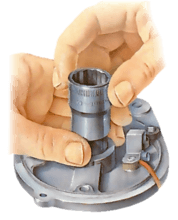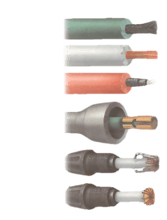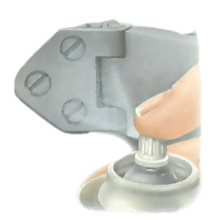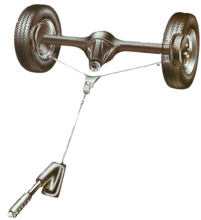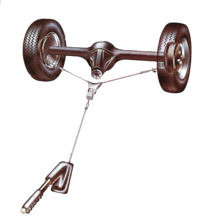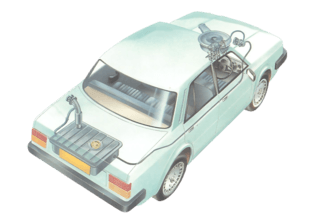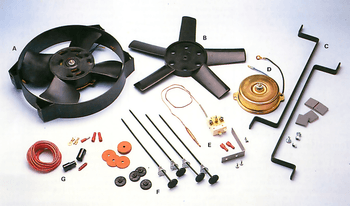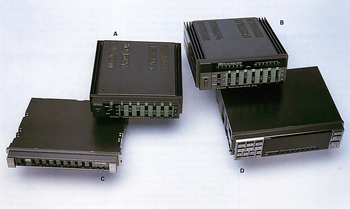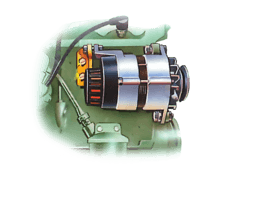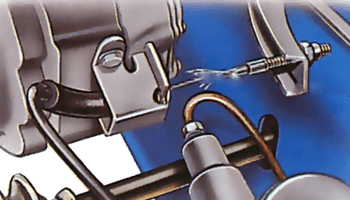Pinces
Pliers are for gripping and bending metal. They should never be used in place of a spanner for undoing nuts, as their serrated jaws can damage or round off a nut.
If you need to avoid marking the metal to be gripped, wind adhesive tape round the jaws of the pliers.
Pliers are a hand tool used to hold objects firmly, possibly developed from tongs used to handle hot metal in Bronze Age Europe. They are also useful for bending and compressing a wide range of materials. Generally, pliers consist of a pair of metal first-class levers joined at a fulcrum positioned closer to one end of the levers, creating short jaws on one side of the fulcrum, and longer handles on the other side. This arrangement creates a mechanical advantage, allowing the force of the hand's grip to be amplified and focused on an object with precision. The jaws can also be used to manipulate objects too small or unwieldy to be manipulated with the fingers.
Pincers are a similar tool with a different type of head used for cutting and pulling, rather than squeezing. Tools which are effectively pliers designed principally for safely handling hot objects are usually called tongs. Special tools for making crimp connections in electrical and electronic applications are often called "crimping pliers"; each type of connection uses its own dedicated tool.
There are many kinds of pliers made for various general and specific purposes.
Read more on Wikipedia
Cet outil est utilisé dans
Wiper blades are fitted bayonet-style to the end of the arm, or the end of the arm is hooked...
There are three basic systems used to raise and lower car windows: mechanical linkage with sciss...
A typical braking system uses disc brakes at the front of the car and drum brakes at the rear....
If you have tightened the brake shoes so that there is no excess travel before they come on, yet...
Check drum brakes at least every six months, 6,000 miles or 10,000 km, or as recommended in the ...
The Stromberg carburettor does not have a regular service schedule, but should be cleaned about ...
Non-driven wheel bearings - the front-wheel bearings of rear-wheel-drive cars and rear-wheel bea...
If you have to replace a coil spring on the front suspension, the replacement spring must be of ...
If a master cylinder is leaking replace it. The cylinder is usually mounted on the bulkhead sepa...
Pour travailler efficacement, l'embrayage a besoin de la bonne quantité de jeu dans la liaison e...
Track-rod-end ball joints are not adjustable on later cars. If they wear, you must replace them....
If a check of the rack gaiters reveals that the rubber is starting to crack, split or perish, rep...
The contact-breaker setting is often neglected, but it is vital to good running. Ideally, check ...
Fixed-jet carburettors are easily blocked by small dirt particles and chemical residues from fue...
The SU carburettor is simple to strip. It has only one jet (except in a few special types) and...
Core plugs are also known as expansion plugs, welch plugs and sealing discs - a point to remembe...
Front lever-arm damper A lever-arm damper on the front often acts as part of the suspension unit....
Remove the starter motor from the car (See Checking and replacing starter-motor brushes). The bo...
The clutch cable has a steel-wire inner core sliding inside an outer sheath. It should last at l...
There are two main types of oil seal: static and dynamic. A static oil seal fits between two non...
Starter-motor bearings are usually bushes made of graphite-bronze. A few starters - especially h...
The high-tension leads from the coil to the distributor and from there to the plugs may start to...
À intervalle d’entretien régulier, nettoyez et lubrifiez les charnières des panneaux mobiles et d...
Handbrake cable layouts vary from car to car, but have only a limited range of types of componen...
The handbrake on most cars is a mechanical linkage of rods and cables, operated by a lever on th...
The fuel supply system is generally reliable and any problems that do occur are usually traceabl...
All cars have a fan to help cool the coolant as it passes through the radiator. On most cars,...
No car is acoustically perfect. This can mean that your stereo system does not sound as good in ...
Alternators are powerful enough to cope with the demand for current made by a modern car's electr...
If your car has a cable-operated clutch and you find that the gears are difficult to engage, the...

